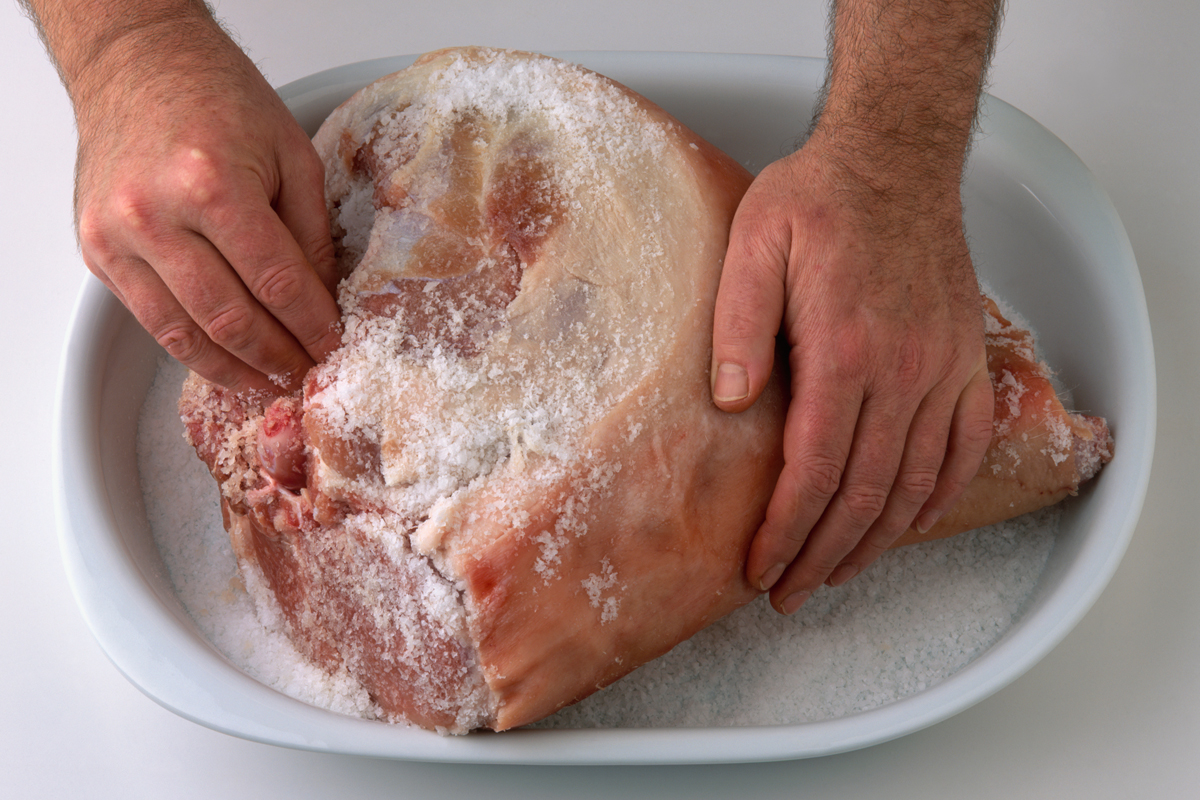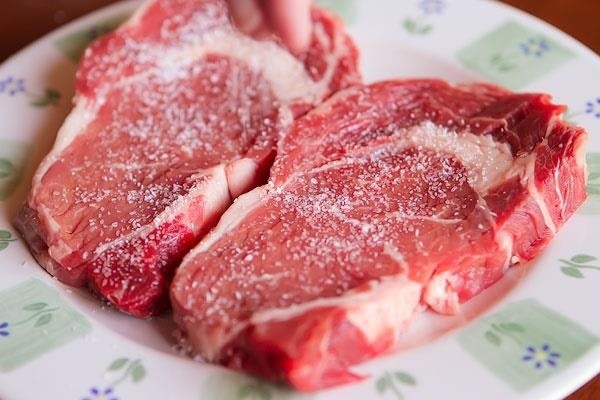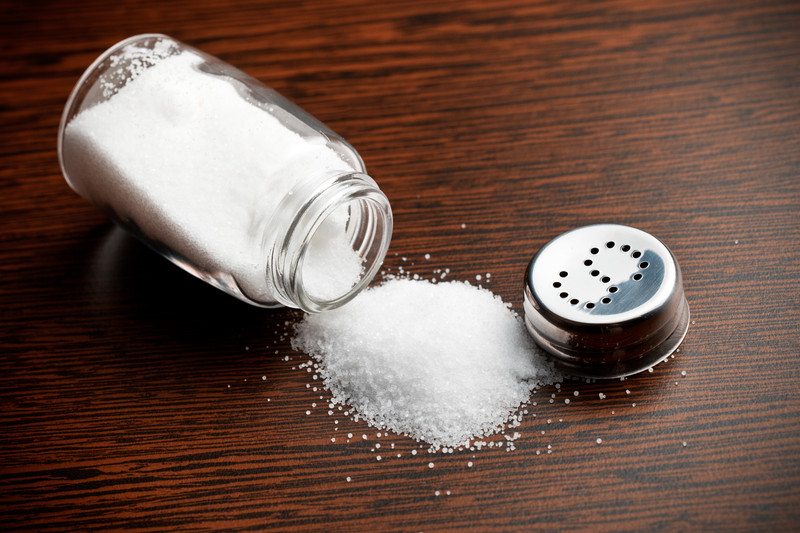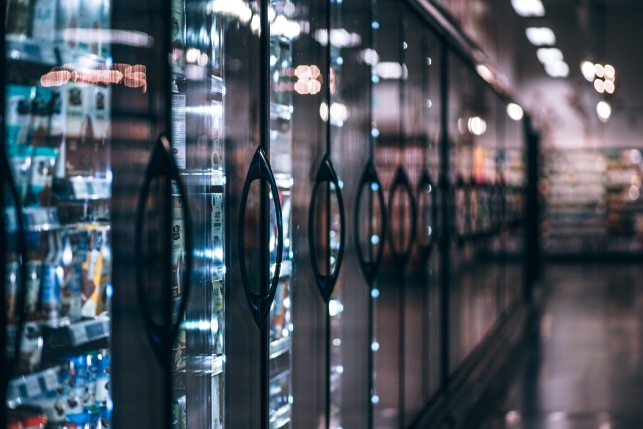When we think of salt, we usually think of it as nothing more than a seasoning. But salt, also known as sodium chloride, is so much more than that.
For thousands of years, salt has been used to preserve food. As a preservative, it is used to cure meats and other food in a time before refrigerators were invented. It works by drawing moisture out of food, not to mention that it also prevents the food from spoilage by making it impossible for microbes to grow.

In addtion to providing food with flavor, it also helps give it texture. In baking, for instance, one must be careful about using salt in recipes that require yeast. This is because while yeast helps tighten the gluten structure, it also has a retarding effect on yeast activity.
When salt is left out, the resulting dough is slack, sticky, work up is difficult and has poor volume. On the other hand, salt is hygroscopic in nature ie. it attracts moisture, and this means that yeast will release some of its water to salt which in turn slows down the yeast's fermentation and enzyme activity. Thus the correct amount of salt in bread dough should be 1.8 to 2% of salt based on flour weight.
Where protein is present, salt can affect the gelatinization of proteins. It occurs in cheese production and many processed types of meat such as sausage, bologna, and ham. The salting of steak also helps encourage the meat to release more liquid and produce a juicy and flavorful steak.

Salt is a flavor enhancer, but it does more than just provide food with a salty flavor. Oftentimes, salt is used to intensify sweetness which is why we have flavours such as salted caramel. It also counteracts bitter flavors in cruciferous vegetables and olives.
It can also be used to make food more aromatic by releasing certain molecules in the food.
A mineral, salt is comprised of approximately 40 percent sodium and 60 percent chlorine. It provides us with nutrients that are essential for our survival as it is necessary for muscle contraction, conduct nerve impulses, and sustain the proper balance of minerals and water in the body.
Last but not least, salt is also a color enhancer that lends a vibrant color to processed meats. Without it, the meat would turn gray or muddy. Salt also increases caramelization in a bread crust, allowing it to achive a golden color.

Another thing to keep in mind when using salt during cooking is to add it at the beginning of the cooking process. This allows the salt to do much more than just give food a salty taste when added at the end.



